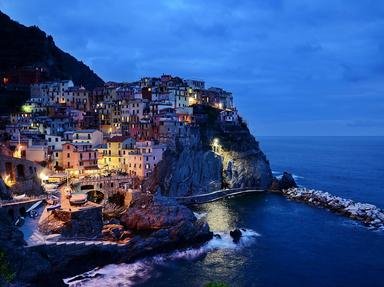Quiz Answer Key and Fun Facts
1. Which of the following cities in Italy is considered to be the birthplace of opera?
2. Which of the following Renaissance treatises is considered by many historians to be the first work of modern political philosophy?
3. A true Italian patriot, who worked toward the unification of Italy in the 1870s, whose men were called the Redshirts?
4. Italy was one of the favorite places for the ancient Greeks to settle colonies. What was the cluster of Greek settlements in Italy called?
5. The Pope has jurisdiction over quite a large area of Roman Catholic Christians. What is the name of the government of the Catholic Church that is run by the Pope?
6. What is the name of the frozen Italian dessert below that is most similar to ice cream?
7. Italy has two enclaves - Vatican City and San Marino - but also controls an exclave. What is it called?
8. Which of the following Italians was named by the American Film Institute as one of the most influential actors of the Golden Age of Hollywood in the United States, in 1999?
9. According to legend, who escaped the destruction of Troy during the Trojan War and made his way to eventually settle in Italy?
10. What Italian landmark has a name derived from a Greek word meaning "marshy land"?
Source: Author
ponycargirl
This quiz was reviewed by FunTrivia editor
agony before going online.
Any errors found in FunTrivia content are routinely corrected through our feedback system.

